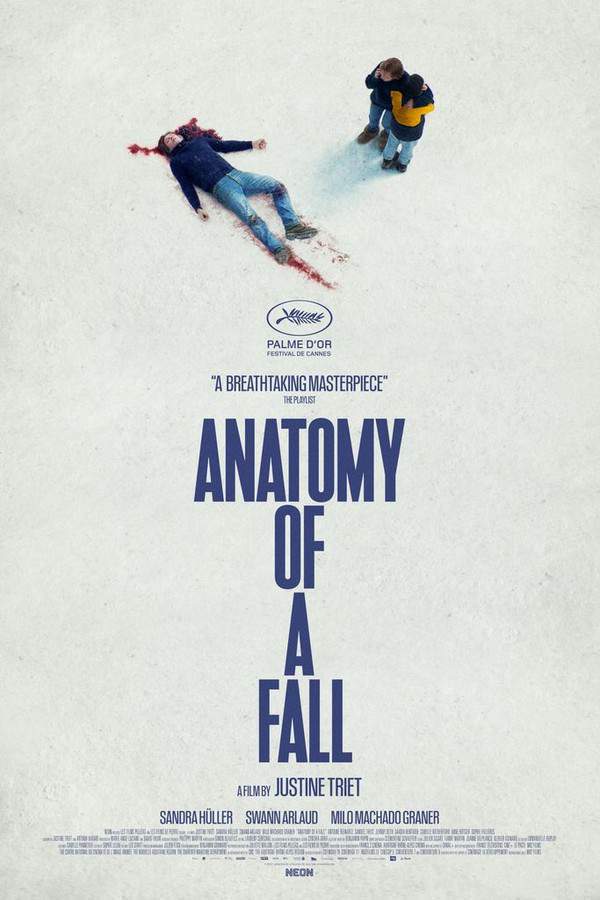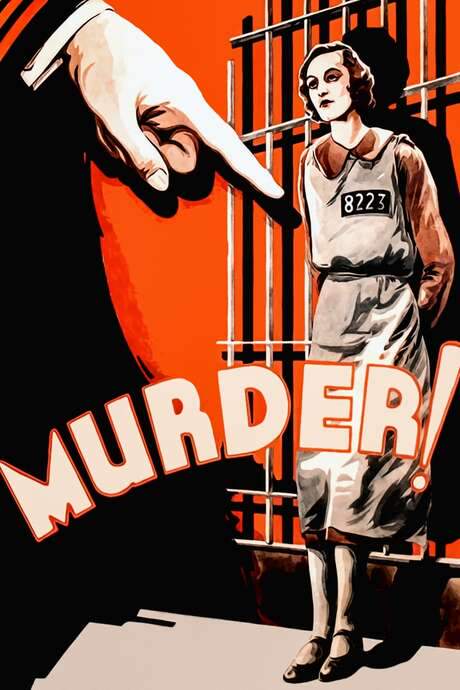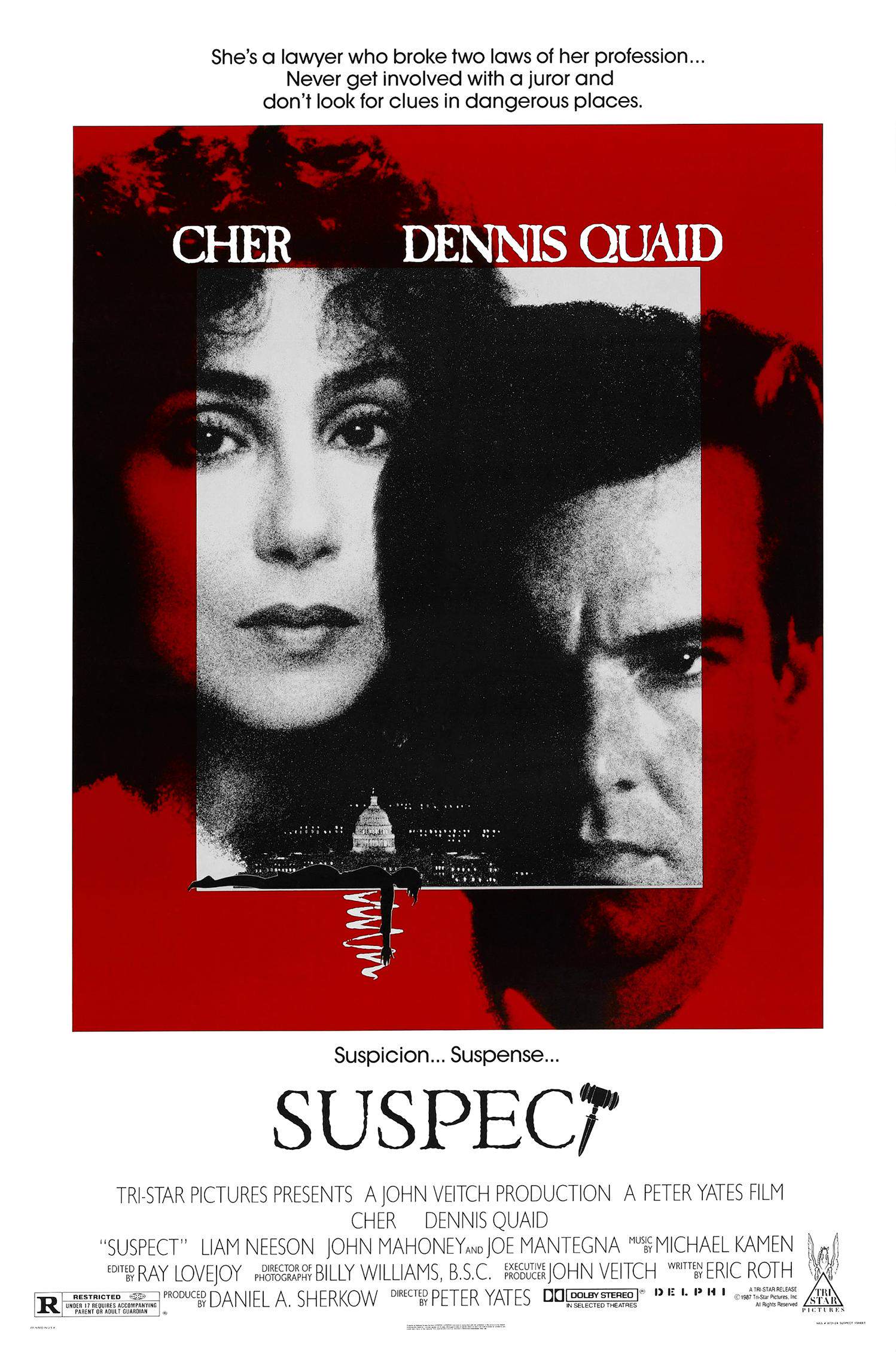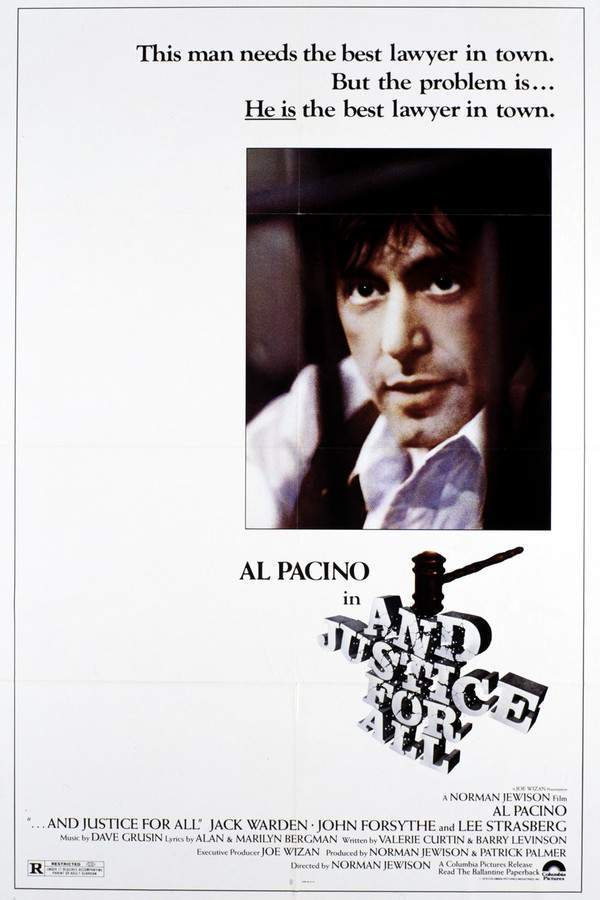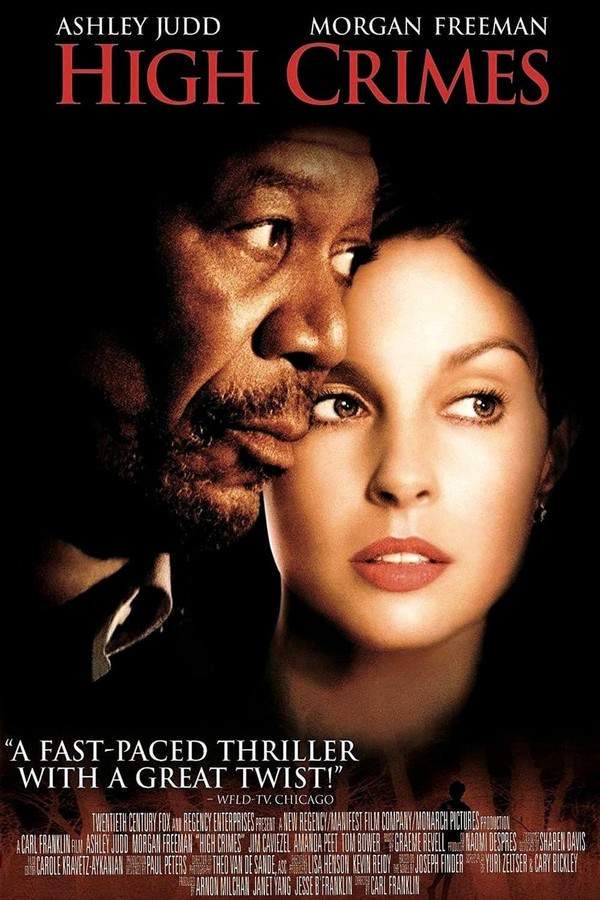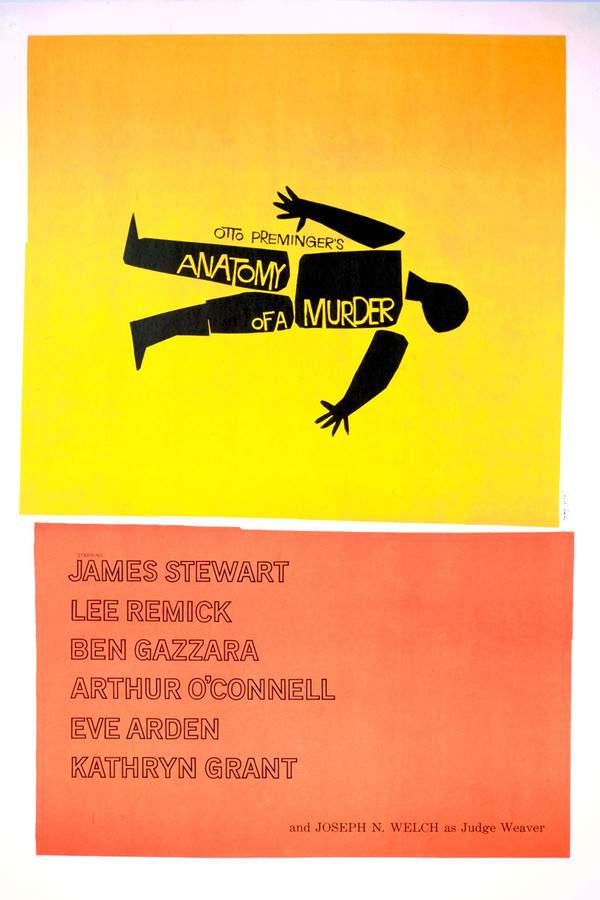
Anatomy of a Murder
Year: 1959
Runtime: 160 min
Language: English
Director: Otto Preminger
A seasoned lawyer, Paul Biegler, takes on the defense of Army Lieutenant Manion, who is accused of murder and claims self-defense. The case centers around an alleged rape of Manion's wife by the victim. During the intense courtroom proceedings, Biegler confronts a complex web of conflicting testimonies and hidden agendas. He must unravel the truth to determine whether his client acted in self-defense, while also uncovering a surprising revelation that challenges everything he thought he knew.
Warning: spoilers below!
Haven’t seen Anatomy of a Murder yet? This summary contains major spoilers. Bookmark the page, watch the movie, and come back for the full breakdown. If you're ready, scroll on and relive the story!
Anatomy of a Murder (1959) – Full Plot Summary & Ending Explained
Read the complete plot breakdown of Anatomy of a Murder (1959), including all key story events, major twists, and the ending explained in detail. Discover what really happened—and what it all means.
In the Upper Peninsula of Michigan, we meet small-town lawyer Paul Biegler (James Stewart), a former district attorney whose career took a downturn after losing his re-election bid. Now, he spends his days indulging in fishing, playing the piano, and spending quality time with his alcoholic friend Parnell McCarthy (Arthur O’Connell) and his sardonic secretary Maida Rutledge (Eve Arden).
One day, Biegler is approached by Laura Manion (Lee Remick), the desperate wife of US Army Lieutenant Frederick “Manny” Manion (Ben Gazzara), who has been charged with the first-degree murder of innkeeper Bernard “Barney” Quill. Although Manion does not deny the murder, he insists that Quill had assaulted Laura. Navigating such a complex case appears daunting, particularly since Manion’s memory of the incident is hazy, which leads Biegler to consider a defense based on irresistible impulse—essentially a form of temporary insanity.
Biegler’s folksy charm and relaxed attitude disguise a clever legal mind and a flair for courtroom drama that keeps the judge busy maintaining order. However, the defense encounters numerous challenges, especially given the formidable prosecution team led by Claude Dancer (George C. Scott) from the Attorney General’s office. Dancer presents high-pressure tactics, creating obstacles in Biegler’s attempts to build a convincing defense.
As the investigation unfolds, details emerge about Barney Quill’s past as an ex-boxer and his time spent in federal prison. Quill’s bar is managed by Mary Pilant (Kathryn Grant), who stands to inherit his wealth. Biegler spends considerable time with Laura to clarify her account, and her flirtatious demeanor complicates their dynamic, especially when her husband begins to suspect an affair.
The investigation further reveals that Pilant may have been Quill’s mistress. It becomes clear that Quill had been drinking heavily and took his frustrations out on Laura, which could justify Manny’s actions. One evening, Biegler feels compelled to confront Laura about her behavior at a jazz club, emphasizing the need for her to remain a model wife until the trial concludes.
During the trial, the prosecution strives to silence any mention of Manion’s motive for the murder. Laura’s photos from that night are ruled inadmissible, and questions about Quill’s actions are met with resistance. Nevertheless, Biegler manages to introduce Laura’s account of the assault into the proceedings, leading to heated cross-examinations where Dancer insinuates Laura’s flirtatious nature undermines her credibility.
Psychiatrists present conflicting views on Manion’s mental state during the murder, while Dancer raises doubts about whether Quill’s actions could be categorized as assault. The defense continues to crumble under pressure as the prosecutor details a pattern of jealousy exhibited by Manny.
Amidst all the chaos, it is revealed that Mary Pilant is actually Quill’s daughter, a secret she desperately wants to keep. This shocking revelation comes when Pilant is called to testify about Laura’s allegations against her father. The trial climaxes as Manion is ultimately found “not guilty by reason of insanity.”
Afterwards, Biegler resolves to establish a new practice alongside a newly sober McCarthy. When they visit the Manion’s trailer for a signature on a crucial loan, they discover the couple has fled, leaving behind a note from Laura that references Biegler’s courtroom argument about irresistible impulse. As Biegler reflects on the case, he mentions that Mary Pilant has hired him to handle Quill’s estate, with McCarthy noting that working for her would be a form of “poetic justice.”
Last Updated: November 04, 2024 at 03:11
Unlock the Full Story of Anatomy of a Murder
Don't stop at just watching — explore Anatomy of a Murder in full detail. From the complete plot summary and scene-by-scene timeline to character breakdowns, thematic analysis, and a deep dive into the ending — every page helps you truly understand what Anatomy of a Murder is all about. Plus, discover what's next after the movie.
Anatomy of a Murder Timeline
Track the full timeline of Anatomy of a Murder with every major event arranged chronologically. Perfect for decoding non-linear storytelling, flashbacks, or parallel narratives with a clear scene-by-scene breakdown.

Characters, Settings & Themes in Anatomy of a Murder
Discover the characters, locations, and core themes that shape Anatomy of a Murder. Get insights into symbolic elements, setting significance, and deeper narrative meaning — ideal for thematic analysis and movie breakdowns.

Similar Movies to Anatomy of a Murder
Discover movies like Anatomy of a Murder that share similar genres, themes, and storytelling elements. Whether you’re drawn to the atmosphere, character arcs, or plot structure, these curated recommendations will help you explore more films you’ll love.
Explore More About Movie Anatomy of a Murder
Anatomy of a Murder (1959) Scene-by-Scene Movie Timeline
Anatomy of a Murder (1959) Movie Characters, Themes & Settings
Anatomy of a Murder (1959) Spoiler-Free Summary & Key Flow
Movies Like Anatomy of a Murder – Similar Titles You’ll Enjoy
A Kind of Murder (2016) Plot Summary & Ending Explained
Anatomy of a Fall (2023) Complete Plot Breakdown
Murder! (1930) Film Overview & Timeline
Mother (2010) Full Summary & Key Details
The Client (1994) Full Movie Breakdown
A Case for Murder (1993) Detailed Story Recap
Suspect (1987) Story Summary & Characters
Manslaughter (1984) Film Overview & Timeline
...and justice for all. (1979) Full Summary & Key Details
High Crimes (2002) Plot Summary & Ending Explained
Memories of Murder (2005) Ending Explained & Film Insights
Incident in an Alley (1962) Ending Explained & Film Insights
The Judge (1949) Movie Recap & Themes
In Defense of a Married Man (1990) Plot Summary & Ending Explained
Memoir of a Murderer (2017) Ending Explained & Film Insights




